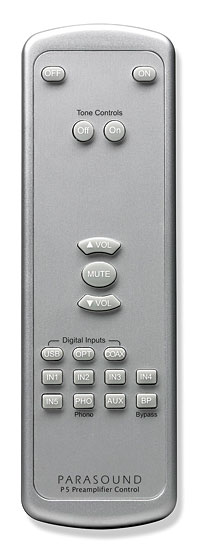| Columns Retired Columns & Blogs |
The remark about "carving away everything that does not look like a guitar" is not very original.
"Struggling to emerge from the brute marble, they remind us that Michelangelo is supposed to have said that he simply 'carved away everything that wasn't the sculpture'."
http://online.wsj.com/news/articles/SB10001424127887324374004578219664085863282
 The P 5 also played music with what can only be described as surprisingly good color and presence. The exceptional recording of Milhaud's Les Quatre Saisons, played by Ensemble de Solistes des Concerts Lamoureux under the composer's direction (LP, Philips 6504 111), sounded wonderful through the P 5. The first movement's double bass, the playing of which alternates between plucking and bowing, had very good color, heft, and texture; equally well textured and believable were the dark horns of the third movement and the wide-ranging strings of the fourth, the sound of the latter instruments also notable for their clarity of pitch and realistic note attacks (although decays seemed a bit lacking).
The P 5 also played music with what can only be described as surprisingly good color and presence. The exceptional recording of Milhaud's Les Quatre Saisons, played by Ensemble de Solistes des Concerts Lamoureux under the composer's direction (LP, Philips 6504 111), sounded wonderful through the P 5. The first movement's double bass, the playing of which alternates between plucking and bowing, had very good color, heft, and texture; equally well textured and believable were the dark horns of the third movement and the wide-ranging strings of the fourth, the sound of the latter instruments also notable for their clarity of pitch and realistic note attacks (although decays seemed a bit lacking).







































